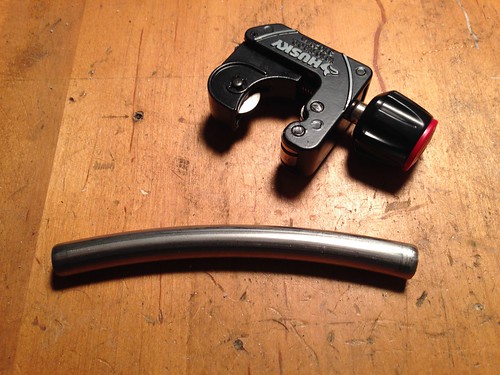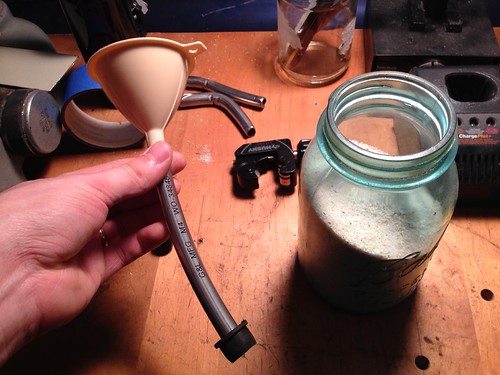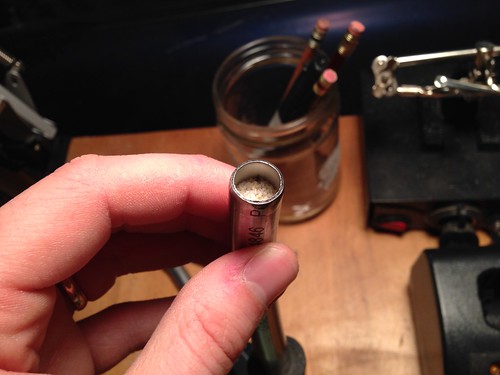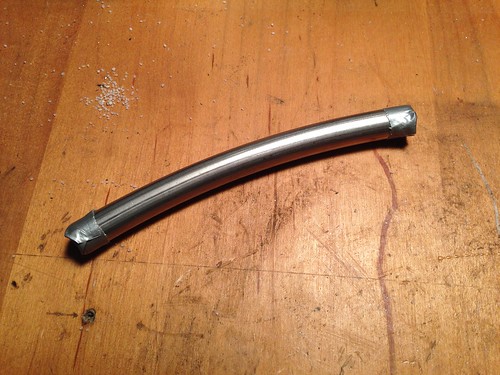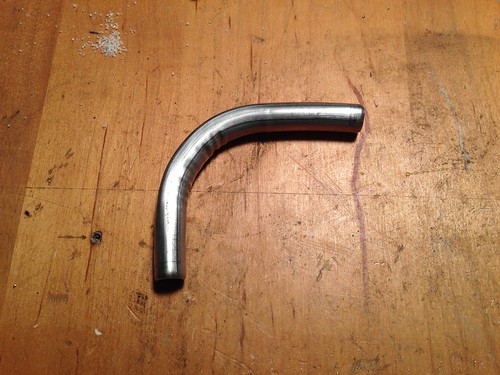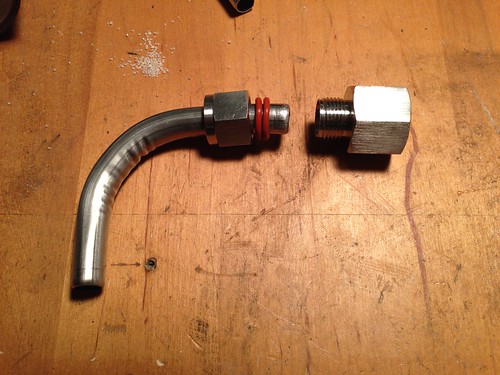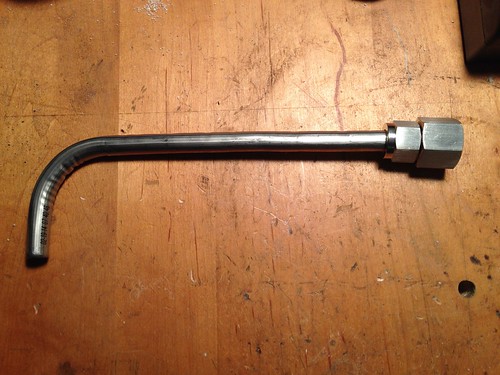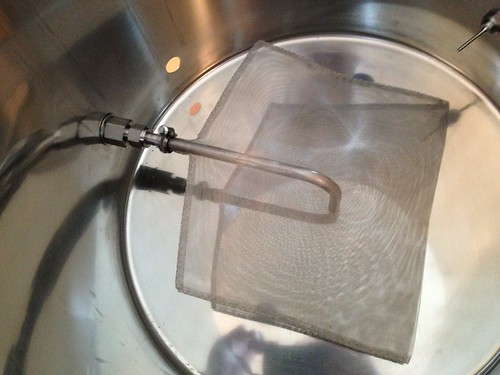benfarhner
Well-Known Member
- Joined
- Nov 5, 2012
- Messages
- 68
- Reaction score
- 5
I'm in the thick of building my eHERMS based on Kal's design with a few changes. I'm using Concord kettles instead of Blichmanns, and right now I'm working out the dip tubes so I can determine where to punch the holes for the outlet valves.
I'm planning on using some segments from the 1/2" OD stainless steel tubing that's for the heat exchange coil as the dip tubes, and fitting them into stainless compression fittings with silicone gaskets instead of ferrules, so they can be removed and reinstalled easily. In my research I haven't found anyone else doing this, so I'm curious to see some examples if someone has, although I have no doubts it'll work.
My main question is: how tight of a bend can I easily make in the 1/2" OD tubing? That's kind of the deciding factor on how low I can install the valves. I've looked at tube benders, but they all seem to be in the 1-1/2" radius range, and I'm hoping to get a tighter corner than that. The Blichmann dip tubes appear to have fairly tight corners as well. Any practical ideas or examples?
I'll post pictures as I build this out so others have a reference in case they want to go the DIY route
I'm planning on using some segments from the 1/2" OD stainless steel tubing that's for the heat exchange coil as the dip tubes, and fitting them into stainless compression fittings with silicone gaskets instead of ferrules, so they can be removed and reinstalled easily. In my research I haven't found anyone else doing this, so I'm curious to see some examples if someone has, although I have no doubts it'll work.
My main question is: how tight of a bend can I easily make in the 1/2" OD tubing? That's kind of the deciding factor on how low I can install the valves. I've looked at tube benders, but they all seem to be in the 1-1/2" radius range, and I'm hoping to get a tighter corner than that. The Blichmann dip tubes appear to have fairly tight corners as well. Any practical ideas or examples?
I'll post pictures as I build this out so others have a reference in case they want to go the DIY route


